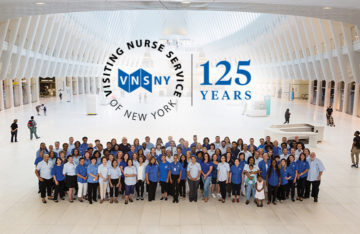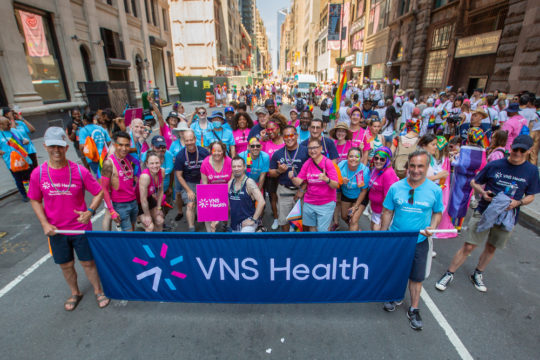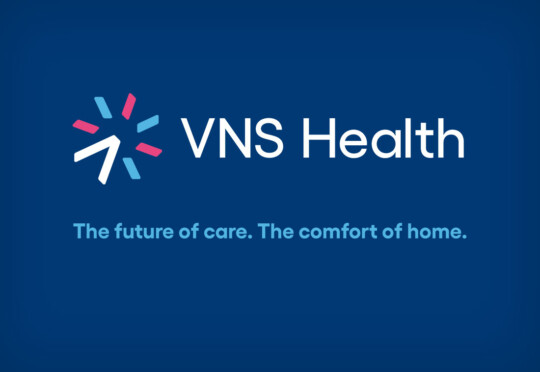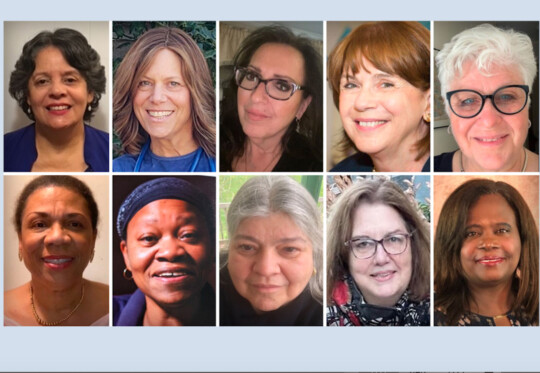Legendary Nurse Marilyn Liota Looks Back—Part 5: Marilyn Responds to Your Questions!
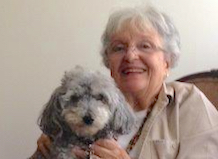
We received many emails from people across VNSNY commenting on how this series has resonated with them, in terms of both Marilyn’s own experiences and how her story highlights the history and ongoing importance of VNSNY’s mission.
“I’m really enjoying reading the feature you have compiled,” wrote one VNSNY staff member. “It is an incredible perspective on the changes in nursing and health care over the years, and gives one an appreciation of the work that VNSNY continues to do. I think it is especially important, during this time of transition at VNSNY and in health care throughout the U.S., to have someone look back and say: ‘See, over the last 50 years there have been drastic changes and we’ve managed to pull through and become better and continue our mission.’ It also gives those of us who are not clinicians a deeper appreciation for all that our nurses, HHAs, therapists, social workers, hospice team members, etc., contend with.”
As part of our series, Frontline VNSNY asked VNSNY staff members to submit their own questions for Marilyn. This week, on the eve of National Nurses Week, we’re pleased to present your questions and Marilyn’s responses.

Q: Of your 60 years working at VNSNY, do you have a favorite decade?
I would say my favorite decade was the 1950s. I was still working as a field nurse then. It goes back to my love for the immigrant population. I started out on the Lower East Side, which was a colorful place. The fact that I could walk through the streets and people would hang out their windows and they would wave to you. You were really a part of the community. That meant a great deal to me—I felt that I belonged.
Q: Looking back, what were some of your most memorable encounters with individual patients over the years?
Of all the patients that I had, three stand out in particular because of the close relationships I had with them. They were all from my days working as a field nurse on Manhattan’s Lower East Side. One was a Hungarian woman who was close to 70—which, at the time, I thought was a very old age. I would visit her every day to give her an injection of some sort. She told me all about Hungary, and about the Danube river that runs through Budapest, between the historic cities of Buda and Pest.
The second patient was a woman from Italy who had diabetes. I would visit her in her one-bedroom apartment, with the tub in the kitchen. She was blind and lived all alone, and her apartment was so dark and so bleak. I would visit her every day, and that had great meaning to her, because I was her only contact with the outside world through the course of the day. There was a real warmth between us, and I became extremely fond of her. She had a statue of St. Lucy, who is the patron saint of vision and the blind. I would give her an insulin shot, test her urine and make sure she had her medical follow-ups—the usual things.

And then I had a young post-polio patient who lived on the fifth floor of a walk-up. She was six or seven years old. I visited her several times a week to apply hot packs and carry out rehabilitation nursing. The process took a long time. The only way we could get her upright was to put her on a large board placed next to the bed. We would slide the child onto the board and then straighten the board up. That would be done by the physical therapist, who joined me for every third visit. The little girl had a mother who appeared to be depressed and was not responsive to referrals for diagnosis and treatment. The mother stayed in another room and never came out, and never encouraged her daughter to do anything.
Those are the three that remain with me. I cared for each of them for months—I wasn’t just carrying out some small treatment. In each case, it was about engaging them as people, which gave me great personal satisfaction.

Q: I’m wondering if Marilyn is watching the wonderful PBS television show, The Midwife? It reminds me so much of public health in the early years.
Absolutely–I wouldn’t miss it! And yes, it is so much like public health nursing in the U.S. in the early years. The uniform is even similar. The show is about the typical district health nurse in England, who has always played a very major role in health care in England. It starts very early on and keeps moving forward, I think right now it’s focusing on the World War II period. People should watch it—you can stream it on PBS.
Q: In your view, how has VNSNY’s addition of other disciplines, such as rehabilitation therapy, social work, and community mental health services, impacted VNSNY’s role in terms of its mission and caring for vulnerable members of the community?
The new disciplines have expanded our capabilities to help patients. So there’s no question that it’s been an extremely positive addition. Rehab therapy started in the 1950s, then we added social work around the 1970s. The new disciplines would work with the nurse to refer the appropriate patients, then the nurse would follow through on the plan that the other discipline set up—like with my polio patient, where the physical therapist came in periodically with me, and then I, as the nurse, would carry out restorative nursing under the physical therapist’s direction.
Q: With the various activities you’re involved in at the retirement community where you’re living now, how has your experience with VNSNY contributed to what you’re doing now?
I think my organizational skills developed over my career are really helping me today. In my retirement community, I’m on the music, health and education committees, and I’m also in a poetry reading group. In the past month, I had five speaker programs that I was running. I had a beekeeper, and a retired general who spoke about post-traumatic stress. I also worked with our health services to create a four-part program on falls prevention. And I had someone from the University of New Hampshire come in to talk about inclusivity. We’re about to have someone come and talk about music therapy as it affects seniors, which is a complex subject. So I’m kept very busy planning these programs.
Q: I’ll be retiring from Visiting Nurse Service of New York in a couple of years, and I would like to ask Marilyn her advice how to make our retirement life fruitful.
That’s a big subject. One option, of course, is to age in place. To do that, though, you need to have good supports. Another option is to do what I’m doing now. I live in what’s called a continuing care retirement community, or CCRC. It means that you live here until you die. It has independent living, assisted living and nursing care, which includes hospice as well. You can move from one level of care to another while paying the same rate—the only extra cost is additional meals. I live in independent living and own my apartment, but if I were to become senile, I could go to the Lodge, which is what they call the nursing care section, where I would be totally taken care of. Anyway, I recommend looking for a facility like this one, which focuses on good nutrition, exercise and mental stimulation, and that is near some cultural centers. Last night I went to a jazz concert at Phillips Exeter…it was marvelous!
Q: What is your perspective on how VNSNY is doing currently?
That’s a question I really can’t answer, because I don’t know enough about what is happening at VNSNY today. But I do know about the changes that are occurring in the healthcare environment out there, and how difficult these times are.
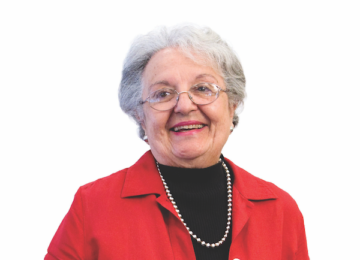
Q: One question I have is what direction Marilyn sees health care taking in the near future, and how VNSNY can situate itself to prepare for this.
If you take the two most serious problems facing our country, one is the growing aged population, and the other is the cost of medical care. In public health nursing and even in hospice, once a person gets to the point where he or she needs total personal care, that’s where the costs drive up. We have a wellness clinic at each campus here, run by nurse practitioners who prescribe medications and coordinate care of the residents, with their services reimbursed by Medicare. It’s a wonderful way to provide care. There’s also now a greenhouse movement in the U.S., in which people in nursing care live in cottages, with about ten people in rooms surrounding a communal living space. It’s a major change. Some places are moving to a more flexible version of the greenhouse, with a general caregiver such as a licensed practical nurse who provides all levels of care. So once again, we’re returning to the idea of the public health nurse who is a generalist, and who coordinates and carries out the care for the patients in the community. It’s very interesting to see.
The other big movement is aging in place, in which people stay in their own homes and have a visiting nurse association or some other organization work with the community to coordinate all their activities. I would love to see VNSNY do this—go to the federal government and say they want to do a demonstration project, and take one neighborhood in New York City where they work in a collaborative way with all the providers covering that service area, including hospitals and nursing homes. It sounds easy, but it’s not!
Q: You did so much when you were at VNSNY. If you had to choose just one thing, what is your proudest accomplishment?
My proudest accomplishment is being a field nurse.
Q: What do you miss most about VNSNY?
The staff. VNSNY’s staff has always been special—they’ve always done so much wonderful work!
